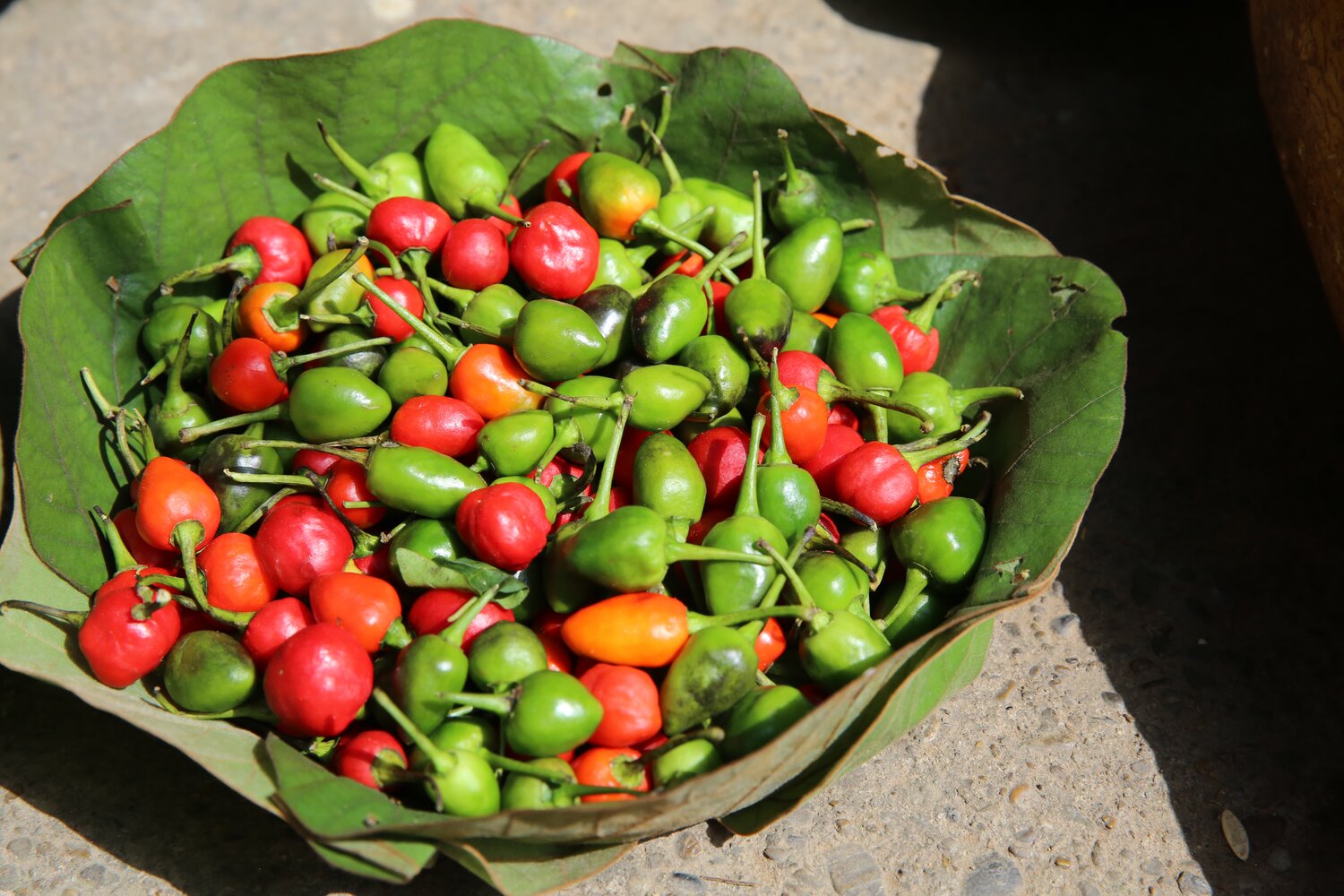Chili
Eaten by a quarter of the earth's population every day.

Originating in Mexico, chili peppers have been a part of the human diet in the Americas since at least 7500 B.C. For the rest of the world, they were “discovered” by Christopher Columbus. Diego Álvarez Chanca, a physician on Columbus’ second voyage to the West Indies in 1493, brought the first chili peppers to Spain and first wrote about their medicinal effects in 1494. Then, thanks to the Portuguese and their 16th century trade routes, it rapidly became an integral part of South Asian and Southeast Asian cuisines.
Jalapeños, Habaneros, Serrano, Cayenne, Poblano — today, there are almost 2-3,000 different cultivars grown across the world today. Belonging to the Capsicum family, all of these are variations of five main species – C. Annuum, C. Chinense, C. Pubescens, C. Baccatum and C. Frutescens.
